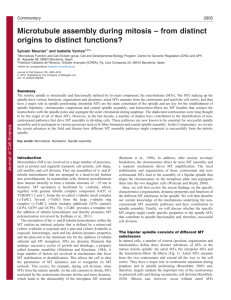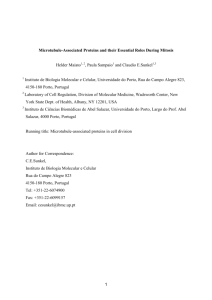Abstract-Yunyu Shi
advertisement
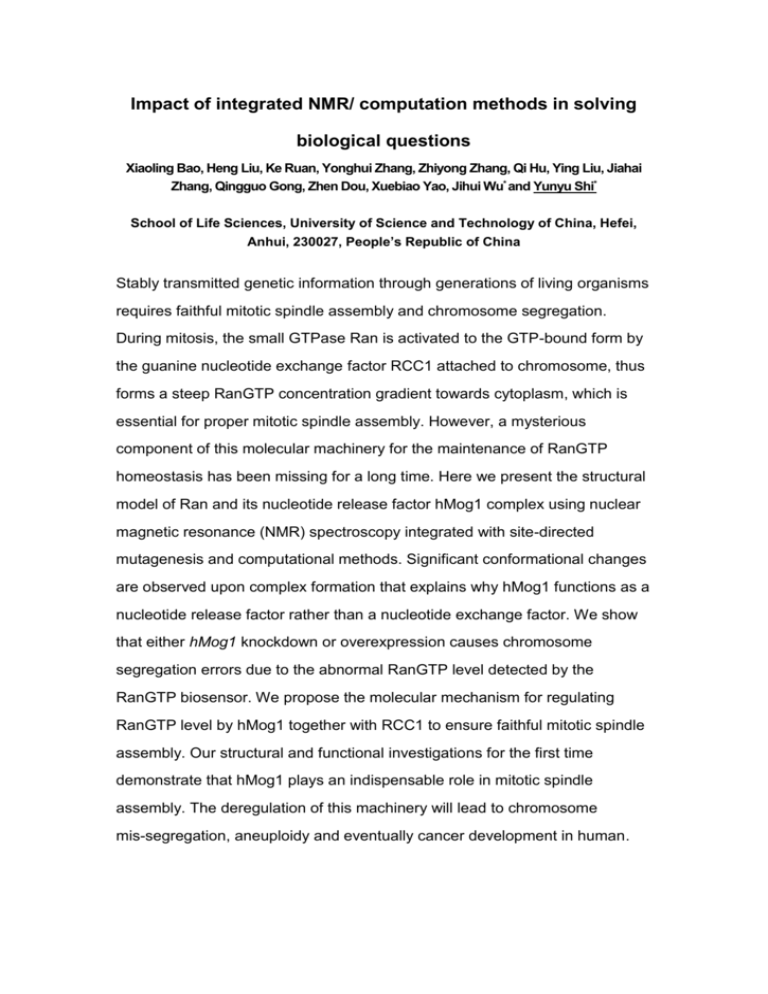
Impact of integrated NMR/ computation methods in solving biological questions Xiaoling Bao, Heng Liu, Ke Ruan, Yonghui Zhang, Zhiyong Zhang, Qi Hu, Ying Liu, Jiahai Zhang, Qingguo Gong, Zhen Dou, Xuebiao Yao, Jihui Wu* and Yunyu Shi* School of Life Sciences, University of Science and Technology of China, Hefei, Anhui, 230027, People’s Republic of China Stably transmitted genetic information through generations of living organisms requires faithful mitotic spindle assembly and chromosome segregation. During mitosis, the small GTPase Ran is activated to the GTP-bound form by the guanine nucleotide exchange factor RCC1 attached to chromosome, thus forms a steep RanGTP concentration gradient towards cytoplasm, which is essential for proper mitotic spindle assembly. However, a mysterious component of this molecular machinery for the maintenance of RanGTP homeostasis has been missing for a long time. Here we present the structural model of Ran and its nucleotide release factor hMog1 complex using nuclear magnetic resonance (NMR) spectroscopy integrated with site-directed mutagenesis and computational methods. Significant conformational changes are observed upon complex formation that explains why hMog1 functions as a nucleotide release factor rather than a nucleotide exchange factor. We show that either hMog1 knockdown or overexpression causes chromosome segregation errors due to the abnormal RanGTP level detected by the RanGTP biosensor. We propose the molecular mechanism for regulating RanGTP level by hMog1 together with RCC1 to ensure faithful mitotic spindle assembly. Our structural and functional investigations for the first time demonstrate that hMog1 plays an indispensable role in mitotic spindle assembly. The deregulation of this machinery will lead to chromosome mis-segregation, aneuploidy and eventually cancer development in human.
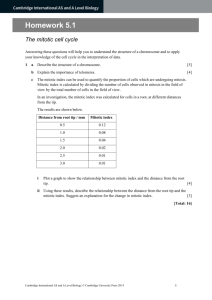
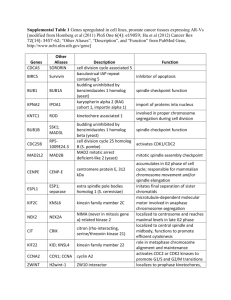

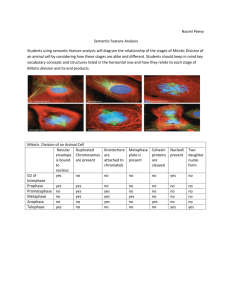

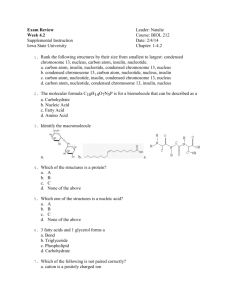

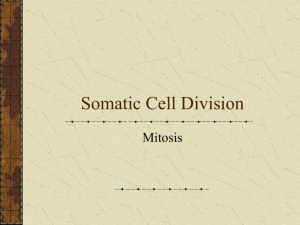
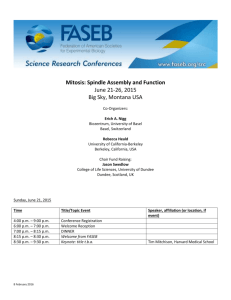



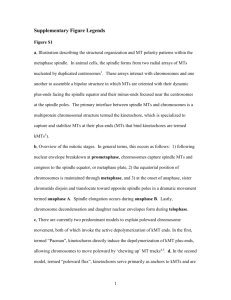
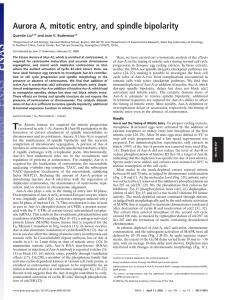
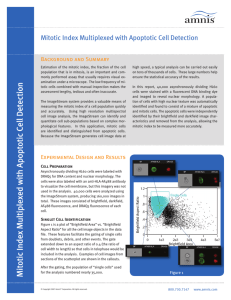
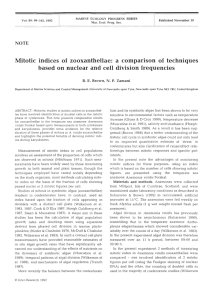
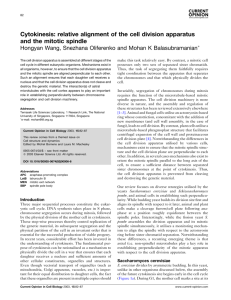
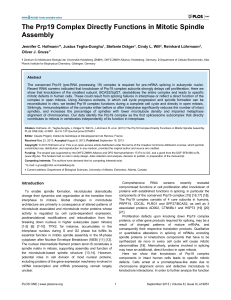
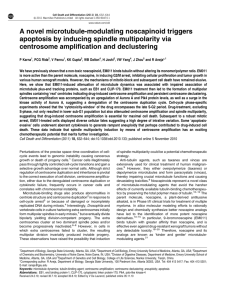
![This article was downloaded by: [Simon Fraser University]](http://s2.studylib.net/store/data/013912039_1-4a9e0fe8c55b2150e18b853ce825775f-300x300.png)
